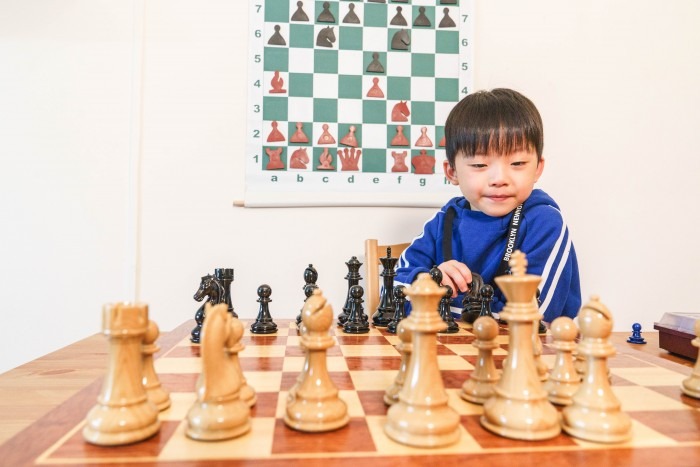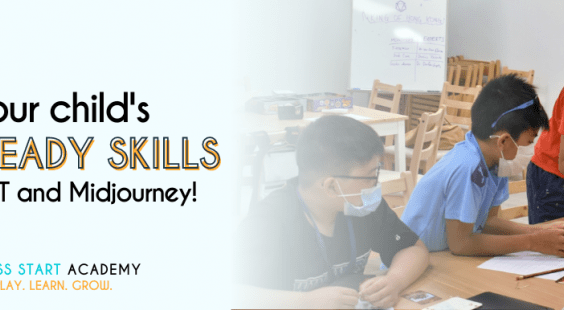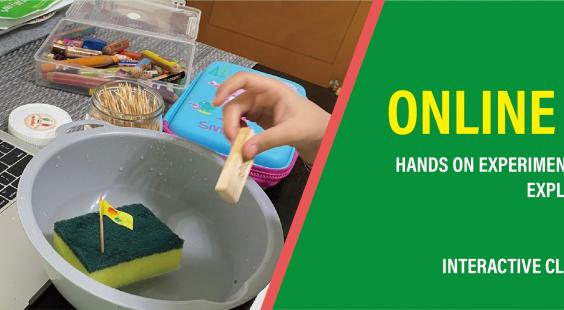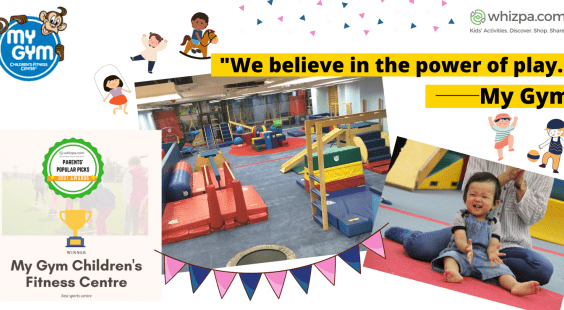
Logical Board Games for Kids and Families - Give your Brain a Workout
Have you ever wondered what to do with your children at home when the weather is more conducive to staying in than going out? Board games have always been a good option for families to spend some quality time together. Some popular board games such as Monopoly or The Game of Life have been played across several generations, and are the hallmark activity of many family gatherings.
There is a wide variety of board games for families to choose from. Many popular board games are based on chance; for example, they might involve rolling dice to make moves. However there are also many board games that involve minimal or even no elements of chance at all, with victory dependent on the players’ tactics and strategies. Not only are such games exciting and fun to play with your kids, but they are also rich in pedagogical value and can help kids develop their strategic thinking. Chess, Rummikub and Scrabble are some examples of games that can let children experience the gratification of winning a game based on their own ability instead of just luck.
Chess
Chess is the epitome of board games that require strategy and tactics. It is a game that is played by millions of people worldwide, including professional players.
Chess is played on a checkered game board with 64 squares arranged in an 8×8 grid. Each of the two players has 16 pieces that include a king, a queen, two bishops, two knights, two rooks and eight pawns. The objective of the game is to capture your opponent’s pieces, with the ultimate goal of checkmating their king. When a player checkmates their opponent’s king, it means that they have put their opponent’s king in a position from which it is impossible to escape capture.
During gameplay, each type of chess piece can only be moved in a particular way. For example, a bishop can only move diagonally, a rook can only move horizontally or vertically, and a queen combines the power of both a bishop and a rook. A chess player must understand the advantages of each type of chess piece in order to effectively strategize and utilize them in different situations to achieve checkmate.
Realizing the educational value of chess, many educators have started chess schools for children. There are many classes in Hong Kong that offer a structured curriculum to systematically teach children how to play chess, and help them develop their strategic thinking skills.
Caissa Chess uses the Step method from The Netherlands to teach chess skills step by step.
(Source: C for Chess Education)
ActiveKids, C for Chess, Scholastic Chess and Yeast Chess follow a similar pattern, separating their chess instruction into Beginner, Novice, Intermediate, Advanced and Tournament Preparation levels. This structure helps children to progress from learning the basics of how to play the game, to learning how to recognize and set up simple checkmate patterns, and then on to devising more complex strategic plans and leveraging opportunities.
Many parent testimonials offered by these chess schools indicate that children have reaped great benefits from playing chess, including heightened concentration during gameplay and engagement in more advanced thinking patterns.
More importantly, chess classes can help children handle defeat with grace. As they learn how to deal with mistakes, failures and losses in the context of chess games, children may well become better-equipped to handle real-life adversities and challenges.
Please go to whizpa.com to find out more about chess classes available in Hong Kong, or to leave a review if your children have participated in any of the classes before.
Rummikub
Rummikub is a tile game that originated in Israel. The game consists of 106 tiles made up of 2 sets of tiles numbered from 1-13 in 4 different colors, plus 2 joker tiles. Players first draw 14-16 tiles and then take turns putting out sets of tiles from their own tiles. The rule is that there must be at least 3 tiles of a sequence, or of the same colour in a set. Players draw a tile if they cannot put out tiles in a particular round. On their turn, players can also rearrange groups of tiles that have already been put out to freely utilize tiles from their own hand, thus allowing the game lots of flexibility in terms of arranging the tiles according to numbers or color. Rummikub trains the mind to think out of the box, and acquire a sense of numbers.
Scrabble
Scrabble is another well-known tile game. In contrast to Rummikub being a colour and number based board game, Scrabble is a word based game that can help develop and broaden your children’s vocabulary. The Scrabble game board features a 15x15 grid of squares. Players draw tiles of different letters of the alphabet and try to form words on the game board that can be read the way a crossword puzzle is structured. Each letter has its own score, with more rarely used letters like Z or Q worth more points. For each word that a player forms, they score points according to the letter tiles used. Certain squares on the game board are also marked to multiply the score of the letter tile placed on it. Scores are added up and recorded during each round, and the player with the highest score wins.
The games mentioned above are readily available in many toy stores around Hong Kong. Please be sure to visit whizpa.com to find one near you. Don’t forget to leave a review of your favorite toy store to show your support!








